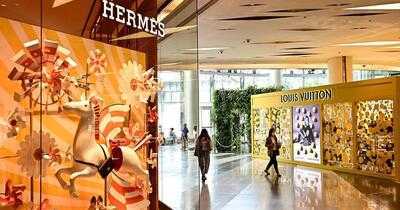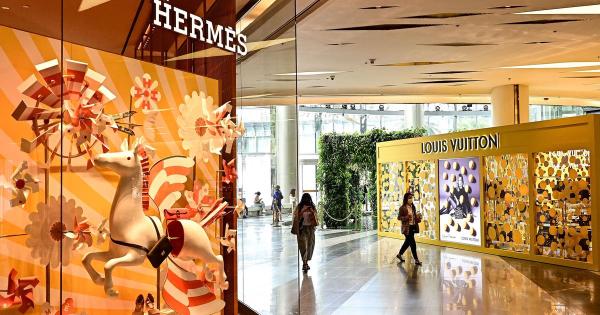

Alarm bells are ringing across the high-end sector. 2024 did not end as luxury brands had hoped, and the figures published by the sector’s main conglomerates painted a picture of slowdown and some signs of exhaustion during the last quarter of 2024.
The weakening Asian market is one obvious cause, but consumers’ unusual reactions to sharp price rises has also been striking. Aspiration and distinction – which were part of luxury brands’ DNA until recently – are taking on new dimensions thanks to phenomena such as ultra-fast fashion and “dupe” culture (low-cost products that are inspired by or imitate luxury goods).
Poor financial resultsThe largest luxury goods conglomerate – owner of 75 brands including Louis Vuitton, Christian Dior, Moёt & Chandon, Hennessy and Veuve Clicquot – has presented quarterly results showing growth of only 3%, well below the 14% seen in 2023. In fashion, growth fell by 5%, and in wines and spirits, 7%.
For , the sector’s second largest company – whose portfolio includes brands like Gucci, Balenciaga, Yves Saint Laurent and Bottega Veneta – revenues decreased by 6% and 4% on a comparable basis. The list of examples goes on, with legendary houses like Burberry and Lanvin publishing similar figures.
The results could be analysed...